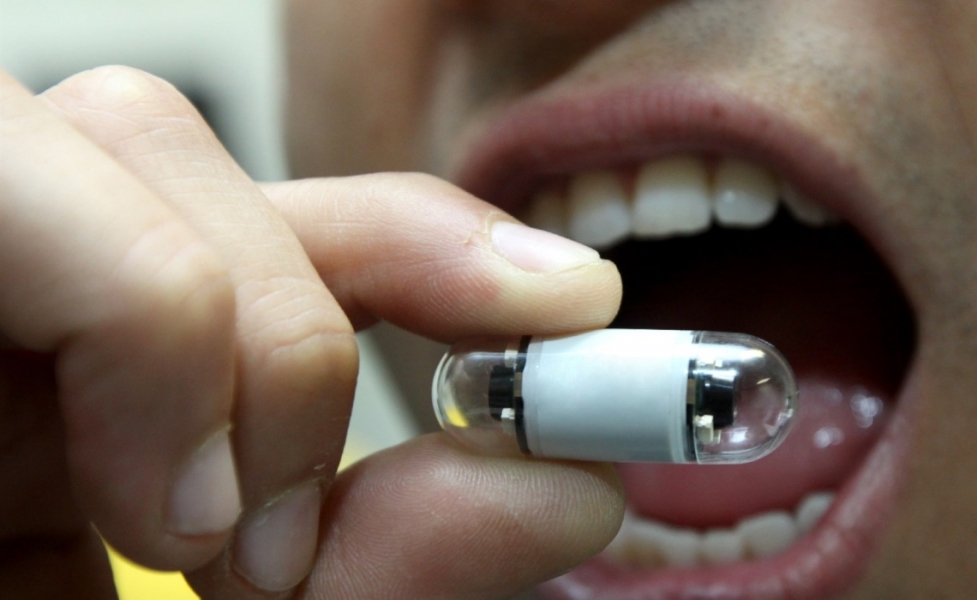RIO DE JANEIRO, BRAZIL – Approved in Brazil almost four years ago, the colon capsule is finally starting to become popular and available in laboratories and diagnostic centers.
The capsule serves as an alternative to traditional colonoscopy, where a wired camera is introduced through the anus and guided throughout the large intestine.

“The new technology is less invasive and does not require sedation,” says Dr. Admar Borges, of the Brazilian Society of Digestive Endoscopy.
The process is simple: patients requiring the exam swallow the device, which is the size of a large pill. After passing through the esophagus, stomach and small intestine, it gets to its destination and takes over 70,000 photographs.
Size: the capsule looks like a common tablet. It fits in the palm of the hand and is easily swallowed.
Preparation: before swallowing, patients are required to take medicines to cleanse the intestine and help visualization.
Target: it may be recommended when traditional colonoscopy is contraindicated for some reason.
The exit: after taking thousands of pictures, the device is expelled from the body normally together with the stool.
Despite the impressive progress of medicine, some organs and areas in the body are very difficult to visualize with the devices available today. This is the case of the digestive tract, where doctors resort to more invasive examinations, such as endoscopy or colonoscopy. Another example is the brain: no ways have yet been found to diagnose Parkinson’s or Alzheimer’s in its early stages.
However, such tasks may now become smoother as a result of studies at Carnegie Mellon University in the United States. Scientists have developed a technique capable of capturing sharp, accurate images with a simple ultrasound.

